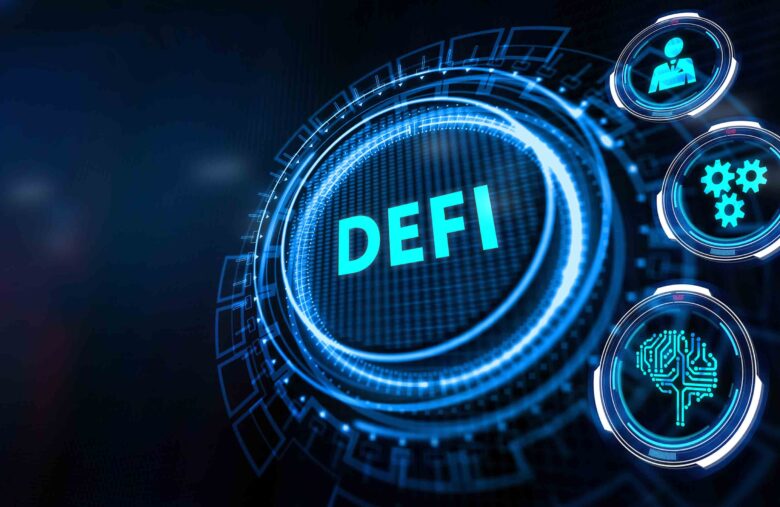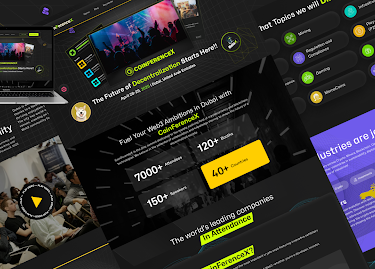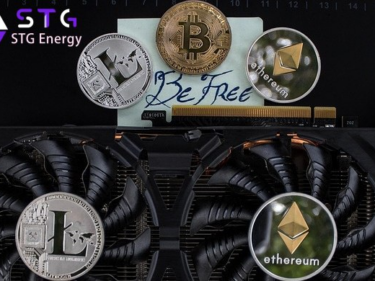Why DeFi Is Connected to Crypto?

The decentralized finance (DeFi) industry maintains a complex ecosystem that requires its own type of currency to function properly. Cryptocurrency is one of the standard ways to interact with its financial services and products. Crypto and DeFi are interconnected, sharing similar characteristics and complementing each other’s long-term objectives.
Although cryptocurrency has skyrocketed in popularity recently, there is still much ambiguity surrounding it. You might be apprehensive about using DeFi if it requires the utilization of virtual tokens, particularly because of the selloff that has occurred in the crypto realm. Indeed, from Bitcoin to Ethereum to Avalanche, most digital currencies are deep in the red this year. The trends might concern the average person, who is witnessing an ocean of red ink before their eyes.
However, it is safe to say that occasional slumps are part of every market. Plus, cryptocurrencies have been on an unbelievable and unsustainable bull run for the last two years. Put simply, do not be worried that crypto and DeFi go hand in hand.
You may be wondering about the relationship between DeFi and crypto. How does one serve and benefit the other? Let’s explore the connection. Here are five reasons why DeFi is connected to crypto:
1. Lending
Like a traditional bank, the DeFi community can lend out funds to borrowers. This process is achieved by lending cryptocurrency, be it Dogecoin or Monero. DeFi tokens are critical to participating in these conventional financial aspects since you are not using fiat currencies, like the U.S. dollar or the euro.
In exchange, the lenders receive crypto-based interest on the loan. In fact, lending and borrowing have become so popular in the DeFi economy that borrowers can take out a home mortgage. Decentralized apps (DApps) also play a significant role in facilitating the advancement of DeFi lending.
2. Stablecoins
The goal of DeFi is to offer consumers a decentralized yet stable alternative to the current banking environment the world uses today. As such, the DeFi community requires stable coins to facilitate this objective.
Stablecoins are pegged or tied to a currency, financial instrument, or commodity. They are meant to avoid extreme volatility, allowing users to relax without the constant worry of the token collapsing 30 percent overnight. Indeed, stable coins essentially offer an anchor of stability and methods of payment on the distributed ledger technology (the blockchain). They diminish risk and empower investment decisions.
3. Smart Contracts
A smart contract is a computer program, or a transaction protocol, stored on a blockchain. It runs when predetermined conditions are agreed upon and met. Primarily, this tool is used to automate the completion of an agreement. The contract helps all parties understand the requirements and feel more confident about the outcome.
The DeFi ecosystem primarily uses Ethereum instead of Bitcoin because the former allows for the creation of smart contracts. This is one of the reasons why Ethereum has rivalled the premier digital currency in recent years. With Ethereum receiving regular updates, some hypothesize that the protocol and token will eventually become the top coin in both the DeFi and cryptocurrency industries.
4. Crucial for Democratisation
Ultimately, cryptocurrency is essential to achieving the long-term goal of democratizing the financial industry. DeFi works outside the conventional banking system. It does not operate on fiat currencies to partake in traditional financial services, be it lending or borrowing.
A typical DeFi company, app, or platform will allow users to have greater control of their assets. They can manage money through personal wallets, trading services, and cryptocurrencies. Generally, there is more flexibility and financial freedom than in traditional banking.
5. Prominence
In the end, DeFi has essentially become too big to fail. It does everything the traditional banking system offers clients. Since the transactions are not at a centralized location, the costs are more affordable than what you would face at a brick-and-mortar bank down the street from your home.
When you dive deeper into decentralized finance, you also learn that it goes deeper than banking. Blockchain projects improve the supply chain process, constructing marketplaces, enhancing the metaverse, and even putting together derivative contracts.
6. Potential for Greatness
DeFi and crypto both carry tremendous potential for the future. This powerful combination works towards the goal of a decentralized financial platform. Of course, some critics might argue about its longevity. Is DeFi going through a rough patch? Most certainly. Everything is plummeting in today’s post-pandemic economy, except for agriculture and energy commodities. The growing pains felt by the sector are akin to the savings and loan debacle in the 1980s or the dot-com bubble in 2000.
However, do not forget this financial or crypto revolution will usher in a new era of borderless and peer-to-peer (P2P) banking. Smart contracts are the building blocks of DeFi, while cryptocurrencies are legitimate substitutes for cash. The incompetent assets will fall, whereas the smart assets will rise. Eventually, DeFi will trim the fat and weed out the weak, allowing the cream of the crop to rise to the top.



